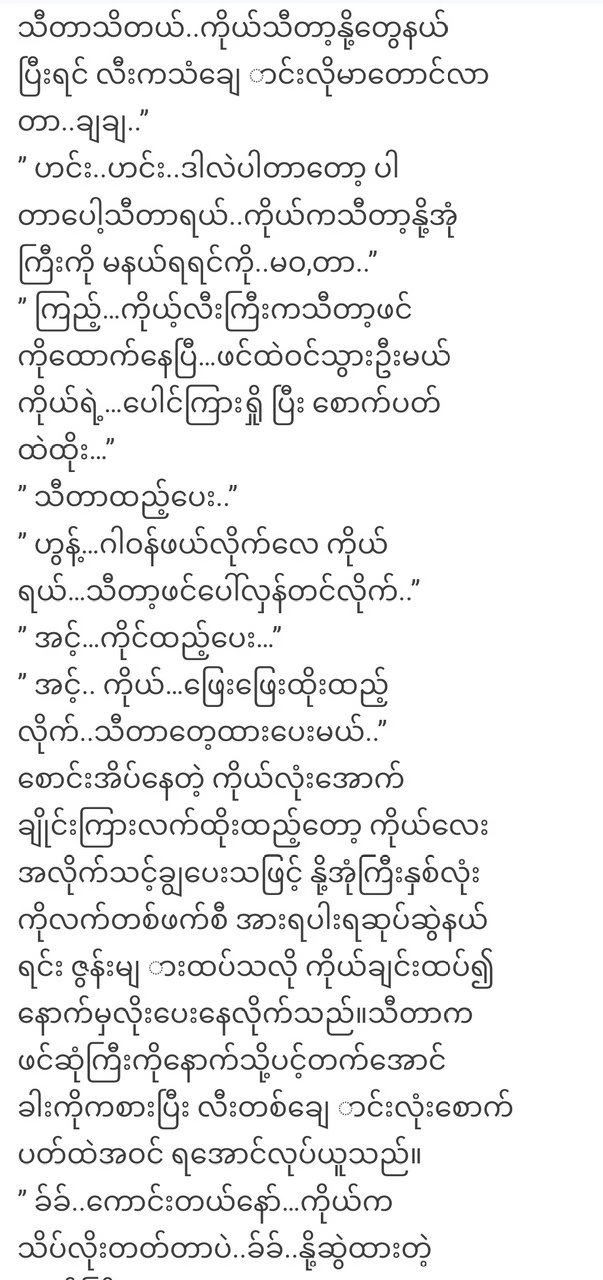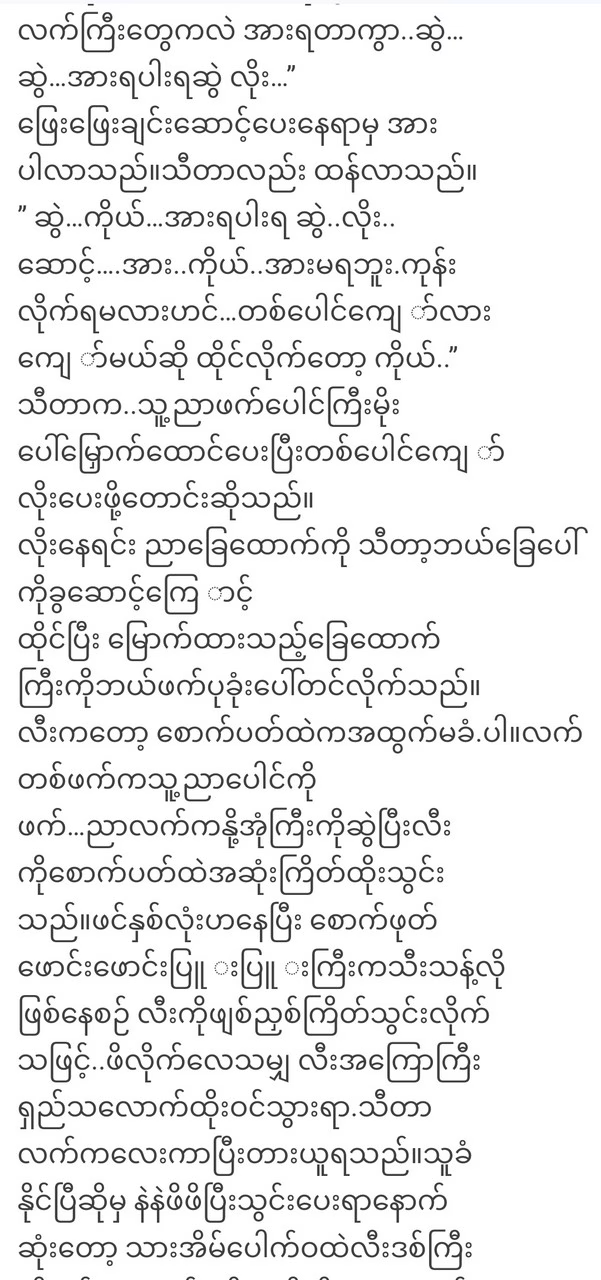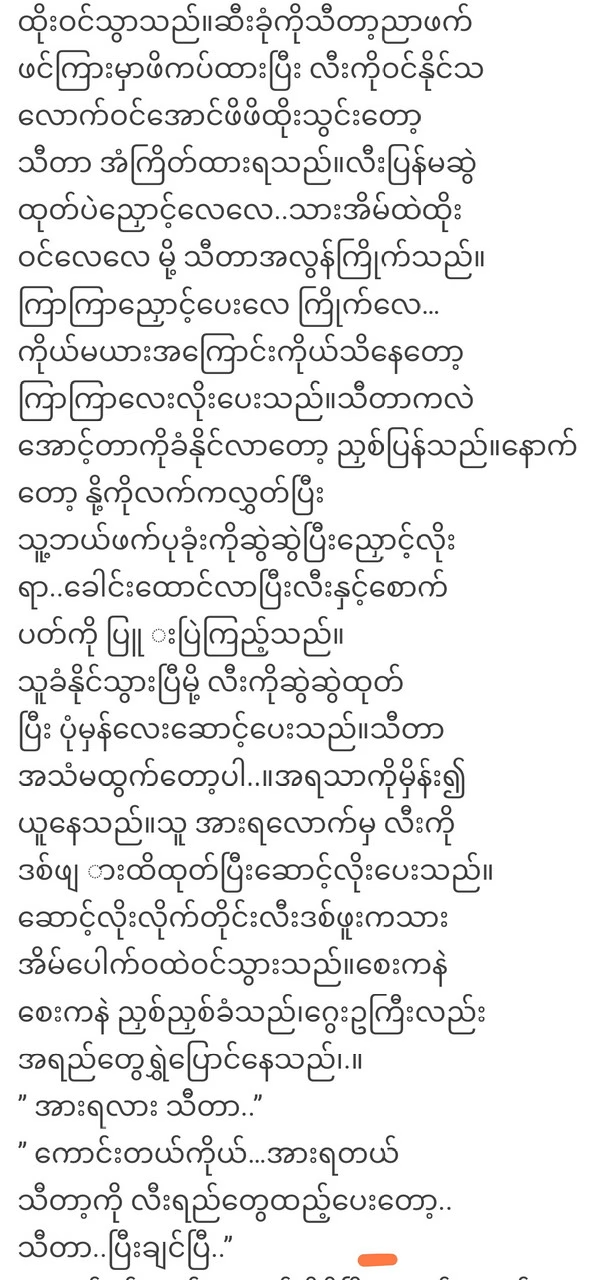The lower bracket is a component of a double-elimination tournament format.






In this structure, participants have to lose twice to be eliminated from the competition. Here’s how it works:
Key Features of the Lower Bracket:
- Double Elimination:
- All participants start in the upper bracket (also called the winner’s bracket).
- When a participant loses a match in the upper bracket, they are not eliminated immediately; instead, they move to the lower bracket.
- Second Chance:
- Players in the lower bracket are competing for survival. A loss in the lower bracket results in elimination from the tournament.
- Progression:
- Matches in the lower bracket are typically played in parallel with the upper bracket rounds.
- The winner of the lower bracket may progress to the grand finals, where they usually face the winner of the upper bracket.
- Grand Finals:
- The team/player from the lower bracket may need to win two series in the grand finals to win the tournament:
- The first series (or match) is a “reset,” since the upper bracket finalist hasn’t lost yet.
- The second series decides the ultimate winner.
- The team/player from the lower bracket may need to win two series in the grand finals to win the tournament:
Advantages of the Lower Bracket:
- Fairness: It gives participants a second chance, allowing for potential recovery from an early loss.
- Excitement: Players/teams in the lower bracket often show intense, high-stakes matches as they fight to stay in the competition.
Examples:
- Esports: Games like Dota 2, CS:GO, and League of Legends often use double-elimination brackets in major tournaments.
- Traditional Sports: Rare in traditional sports but sometimes seen in amateur or collegiate competitions.
The lower bracket adds tension and opportunities for redemption, making double-elimination tournaments both fairer and more thrilling to watch.
